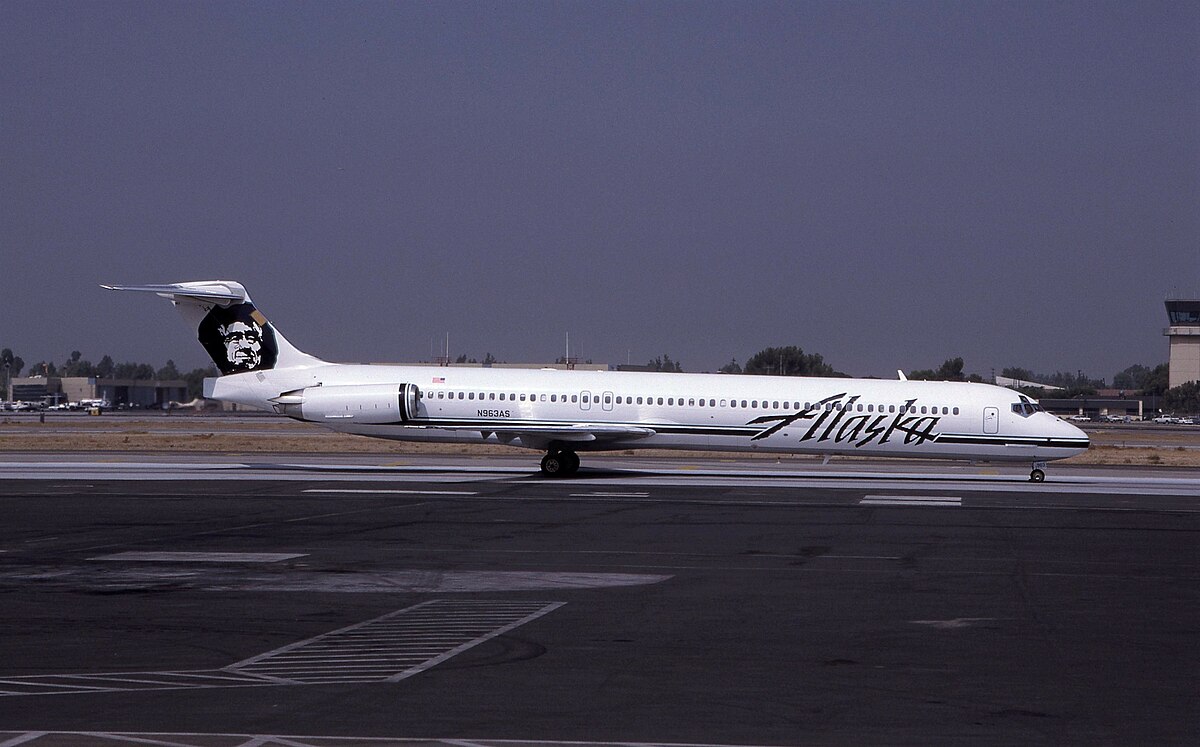I'd like to know 2 things, how strong is a T tail arrangement? And would they go into flutter more than a standard tail plane?
Only the 727 tail looked the strongest of all the T tails out there.
Only the 727 tail looked the strongest of all the T tails out there.

